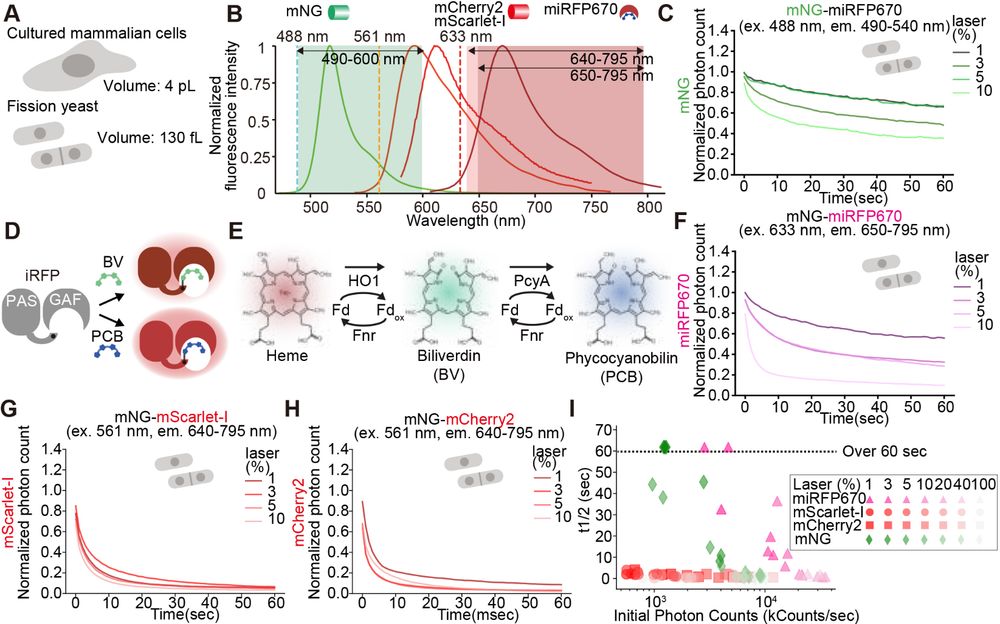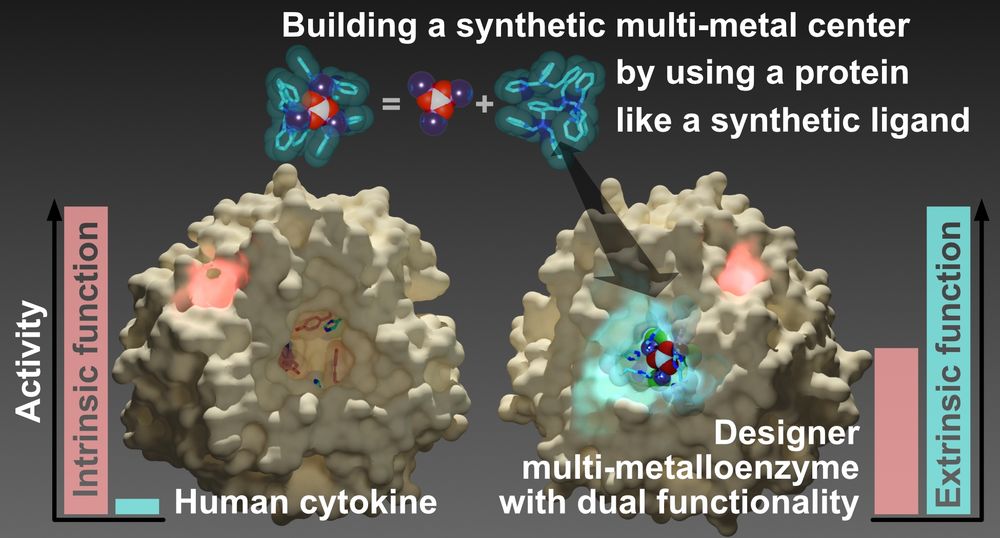http://tsukijilab.web.nitech.ac.jp/index-e.html

chemistry-europe.onlinelibrary.wiley.com/toc/14397633...

Send us your fat papers, phat papers, and even phatty acid papers. While the special issue is not saturated, it's filling up fast, and won't be unsaturated forever!
Phase separate with us and build community!

Send us your fat papers, phat papers, and even phatty acid papers. While the special issue is not saturated, it's filling up fast, and won't be unsaturated forever!
Phase separate with us and build community!







pubs.acs.org/doi/10.1021/...

pubs.acs.org/doi/10.1021/...
journals.biologists.com/jcs/article/...

journals.biologists.com/jcs/article/...
chemistry-europe.onlinelibrary.wiley.com/doi/10.1002/...

chemistry-europe.onlinelibrary.wiley.com/doi/10.1002/...
chemistry-europe.onlinelibrary.wiley.com/toc/14397633...

chemistry-europe.onlinelibrary.wiley.com/toc/14397633...

academic.oup.com/chemlett/art...

academic.oup.com/chemlett/art...
! Beautiful artwork by our co-author, Ryo Tachibana! Read it here: pubs.acs.org/doi/full/10....
#MyACSCover

! Beautiful artwork by our co-author, Ryo Tachibana! Read it here: pubs.acs.org/doi/full/10....
#MyACSCover
pubs.acs.org/doi/10.1021/...

pubs.acs.org/doi/10.1021/...

pubs.acs.org/doi/10.1021/...

pubs.acs.org/doi/10.1021/...
journals.biologists.com/jcs/article/...
#OpenAccess #ReadandPublish

journals.biologists.com/jcs/article/...
#OpenAccess #ReadandPublish
www.nature.com/articles/s41...
This technology, 11-years in the making, has transformed how we do research in my lab, and was led by an amazing postdoc, Matt Styles, who is currently entering the academic job market - so look out for him! 1/n
www.nature.com/articles/s41...
This technology, 11-years in the making, has transformed how we do research in my lab, and was led by an amazing postdoc, Matt Styles, who is currently entering the academic job market - so look out for him! 1/n



